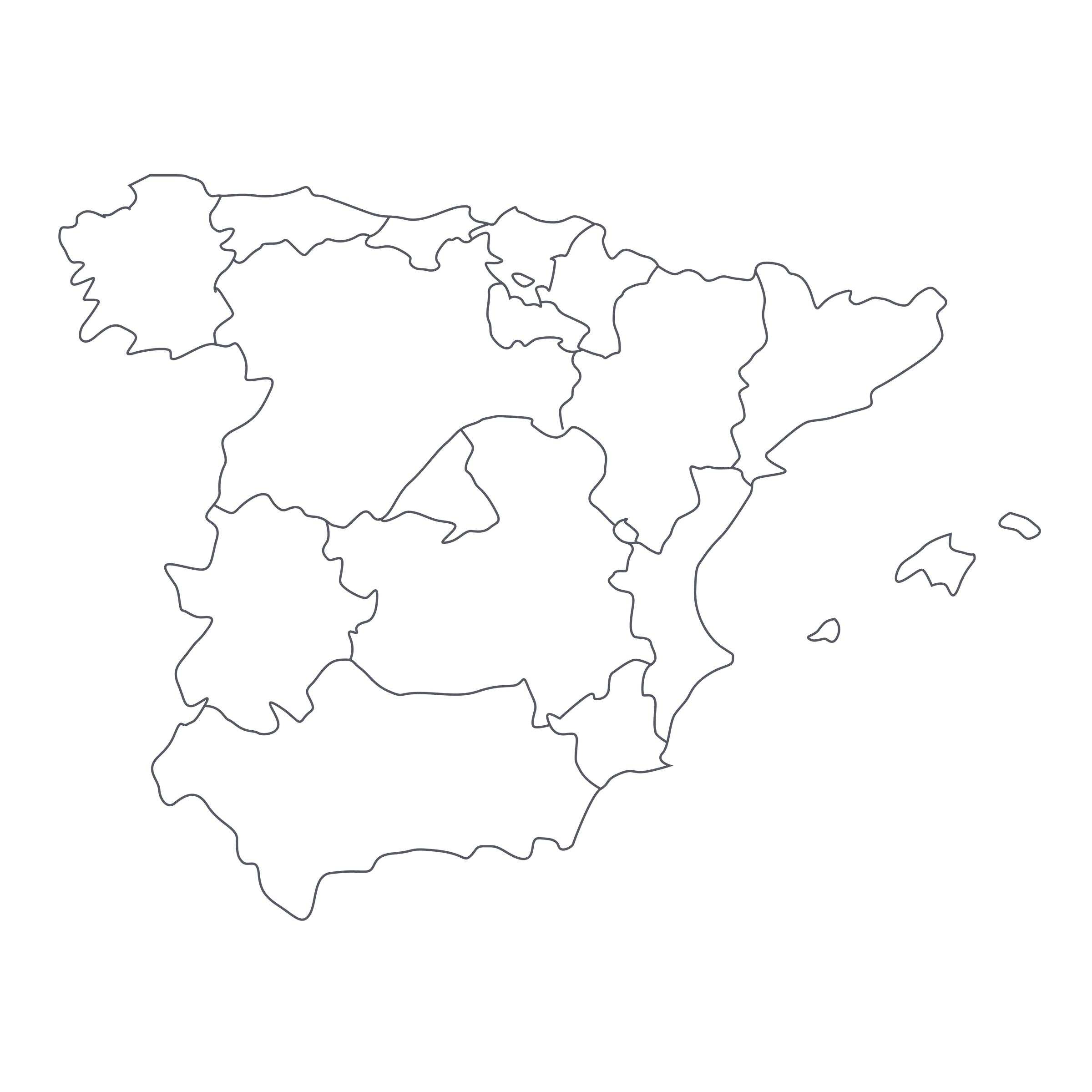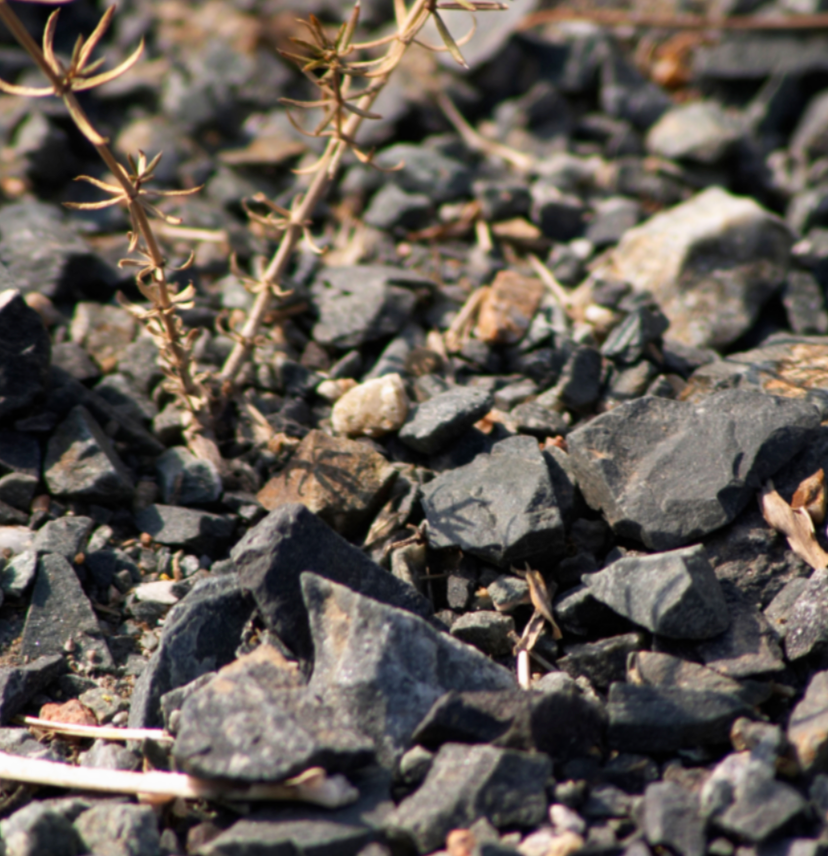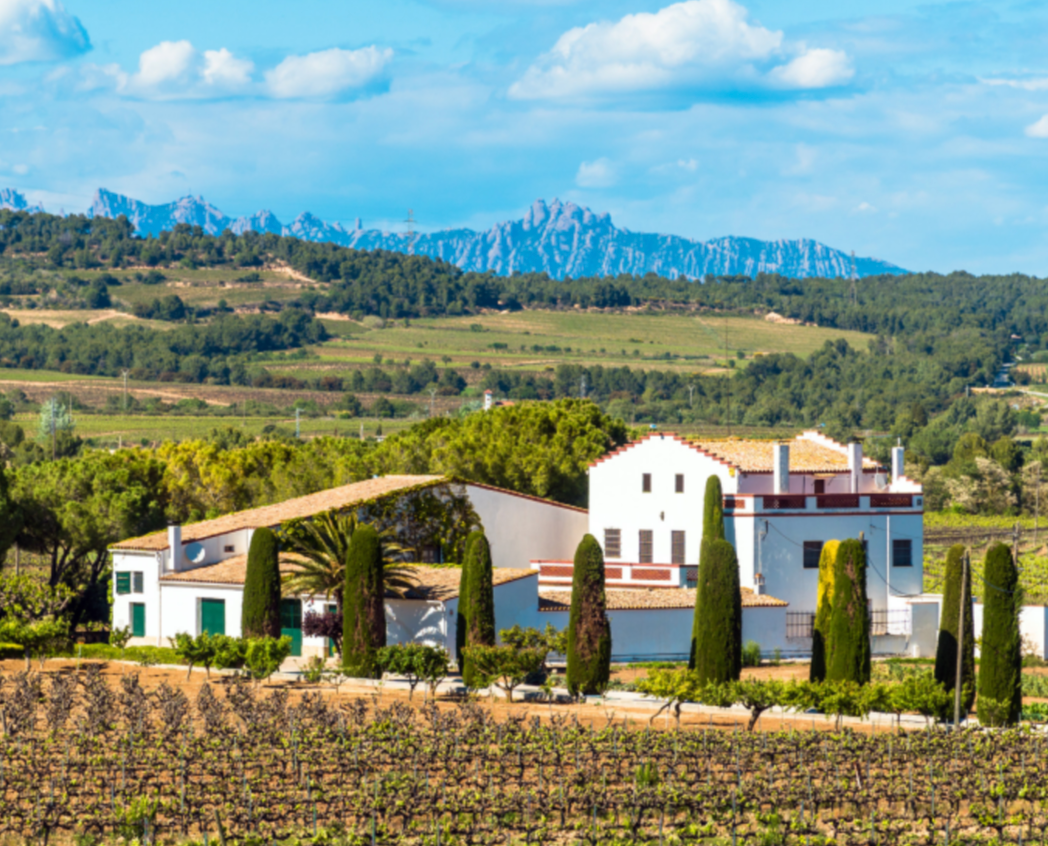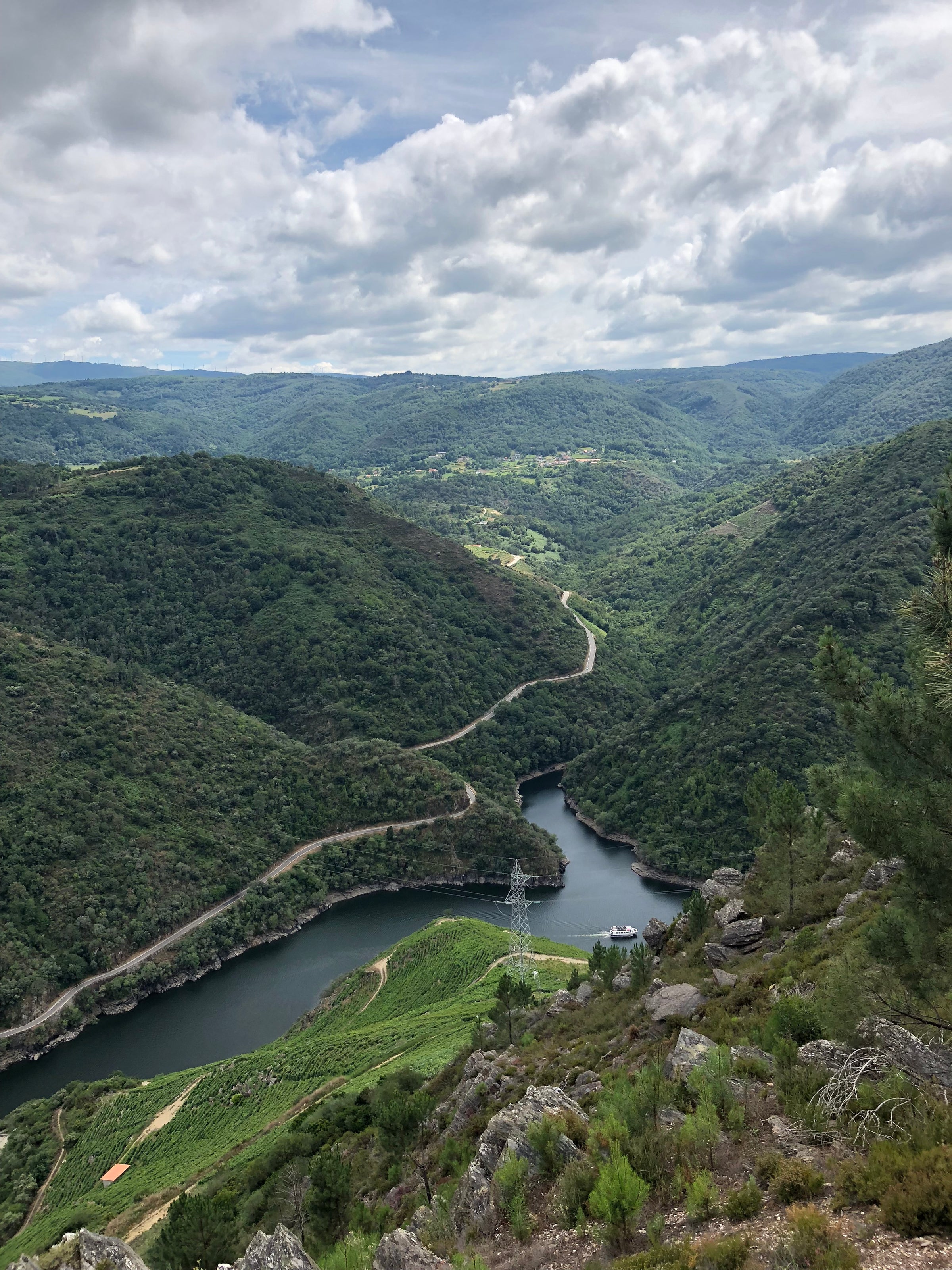If your passion for red wine always seems to lead you back to the northern Rhône, southern Burgundy, or Loire Valley villages like Chinon or Saumur-Champigny, I suspect today’s exceptionally beautiful “Parajes” may become your favorite new Spanish wine. “I think it’s the greatest value in our portfolio,” says César Márquez’s boutique importer, and after tasting, I couldn’t help but agree. I could enjoy this daily until a ripe old age, and for that we have the legendary Pérez family to thank.
While the star of the clan is Raúl Pérez—a name that reverberates off every hip wine bar across the globe—right now, the focus is on his nephew, César. Wines like today’s 2018 “Parajes” demonstrate why Bierzo is (1) in the midst of an explosive revolution and (2) an unavoidable siren call for sommeliers: they’re refreshingly affordable; its ancient terroir has been revived by a wave of organic/biodynamic farmers; and the wines have an uncanny ability to produce visceral emotions on par with France’s top appellations. Truly, as far as price to quality goes, this sits at the vertiginous peak: For $29, I cannot think of a greater introduction to old-vine, traditionally crafted Bierzo.
Move aside, Kevin Bacon: Today, we’re in Bierzo and around here it’s six degrees of Raúl Pérez. This is a living legend, a cellar visionary and genius who single-handedly revived a region and reignited the flame for classic, deeply expressive Spanish wine. For that, he’s earned titles like “Winemaker of the Year” and “Best Winemaker in the World.” In other words, his name carries serious weight around Galicia, and there isn’t a winemaking soul that can't be connected to him in some capacity. For César Márquez, there are practically zero degrees of separation: Raúl is his uncle, and he grew up learning with him at historic Castro Ventosa, established by the Pérez family in 1752. Like Raúl, César is among the front line of Spanish winemakers who are determined to reconnect with this ancient land and vines through organic farming, site-specificity, and minimal cellar intervention.
As with the Galician wine zones, Bierzo experiences a cool, wet Atlantic Ocean influence, but as you move eastward, to lower altitudes closer to the Sil River, the influence of the warmer, drier plains to the east can be felt. At higher elevations (1500-2500 feet for today’s wine), the Bierzo soils are a mix of slate and granite, transitioning to more “alluvial” material—sand, silt, and clay—in the lower-lying areas. Another beauty of the Spanish wine revival is that it’s home to some ridiculously old vines: a whopping 80-120 years of age for “Parajes.” Although comprised predominantly of Mencía, César also leans on small amounts of Alicante Bouschet and a number of indigenous unnamed red and white varieties that were culled from an ancient field-blended vineyard. After hand-harvesting, grapes from each unique parcel were fermented separately and naturally with a substantial percentage of whole clusters remaining intact, and without any temperature control. After a yearlong upbringing in old 225- and 500-liter barrels, it is bottled.
This wine is gorgeous, and exactly what I would want someone to experience whether it’s their first Bierzo or 100th. After a 15-minute decant, it fills the glass with a dense ruby-purple and emits lush, high-toned aromas of huckleberry, ripe black cherry, wild strawberry, black raspberry, rose petal, crème de violette, crushed black stone, leather, dried underbrush, and faint oak spice. The palate is loaded with supple yet crunchy berry fruit and perfectly framed with thirst-quenching acidity and polished tannins that accentuate the lively mineral core. Exotic spices and savory undertones also flood out on the mid-palate, further enhancing the depth of this Mencía and taking it into world-best value territory. This Bierzo is a wine to study and enjoy for years to come! Serve in Burgundy stems around 60 degrees, and revel in the allure of organic, ancient-vine Mencía from one of Spain’s most influential families. Cheers!





